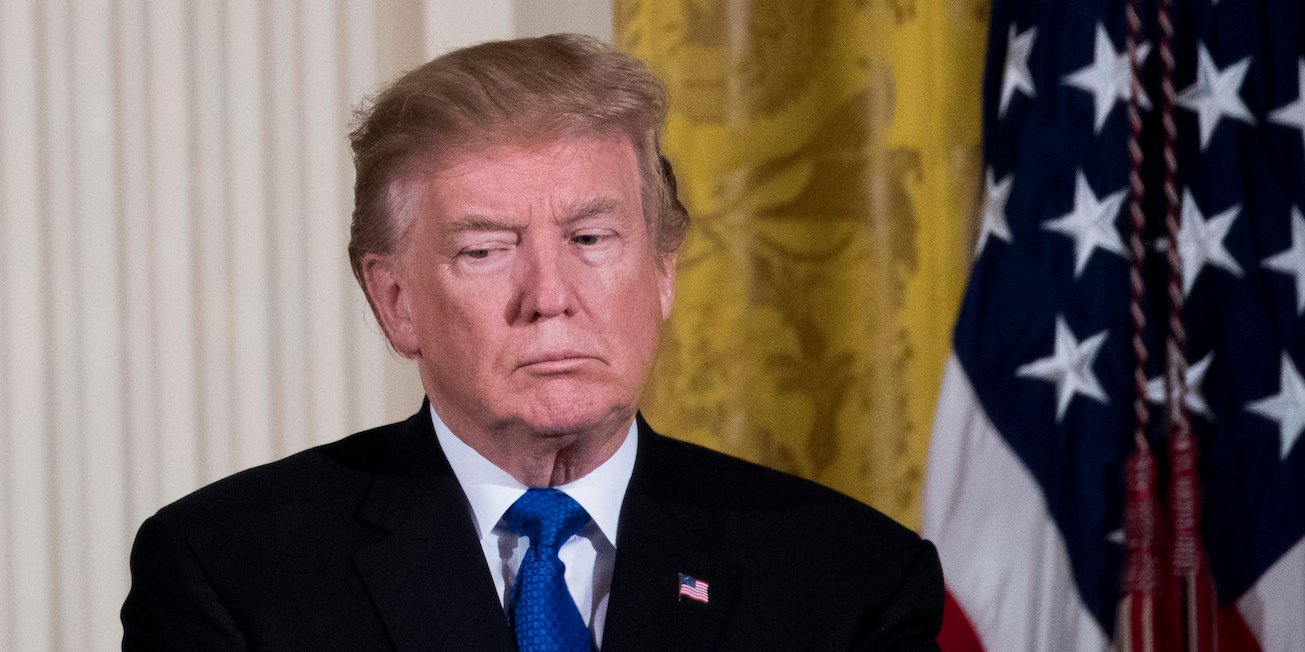
(Getty Images)
The rapid progress of the US tax code reform has surpassed expectations. On Nov 18, the House of Representatives passed its tax bill. On Dec 2, the Senate also passed its tax proposal with 52 votes to 48. Now, it is working on merging the two versions. Though there is still some discord between the House of Representatives and the Senate, it will likely reach a comprise tax bill soon.
President Donald Trump can’t wait to sign it as a big Christmas present, but other people may have totally different feelings. They fear the largest tax reform since the 1980s will cause a tax cut competition, even a worldwide tax war.
The new tax bill will boost the US economy. According to American estimations, it’s likely the final tax reform plan will have a positive influence on the US economy. Goldman Sachs estimated that the US economy will be boosted by 0.1-0.3% in the first year. Its marginal effects will fade over the following years, but in the short term, the reform will spur the American economy and lure more capital into the US. But it’s uncertain whether it can dismantle the current global value chain and push manufacturing back to the US. The answer lies in the volume. If the volume is not big enough, the global value chain won’t break. Since taxation is only one important factor influencing enterprises’ basing decisions, it’s also uncertain whether the tax reform will attract foreign capital into the US on a large scale. There are three major financial risks that should be noted.
First, the US tax reform plan could fuel a bigger bubble in the stock market. Corporate earnings for 2018 and 2019 could push the S&P 500 index above 3000. But there are obvious bubbles in the financial market. The Fed’s quantitative easing efforts over the past few years have pushed returns down across bond and equity markets. In order to earn high returns, many investors have turned to high-risk and high-return markets. The Dow has already hit 63 record highs since Trump’s victory last November. The Financial Times reported in August that the market for “bespoke tranches”, bundles of credit default swaps that are tied to the risk of corporate defaults, has more than doubled in the first seven months of 2017.
In a recent study, Robert Shiller, a Yale economics professor, concluded that “[t]he U.S. stock market today looks a lot like it did at the peaks before most of the country’s previous 13 bear markets.” The valuation measure Shiller helped create, the CAPE ratio, a price-to-earnings ratio adjusted for inflation that smooths out earnings using a 10-year average, is above 30. It’s been above that level only twice before, in 1929 and 1997-2002. Both periods saw severe stock plunges: In 1929, the market crash ushered in the Great Depression, and in 2000, the dotcom bubble burst. A high CAPE implies potential vulnerability to a bear market.
Whether the feverish US stock market is sustainable depends on when the US economy will slow. Any slowdown might trigger a financial market avalanche. The US economy has been expanding. GDP in the third quarter of this year reached a high of 3.3%, higher than 3.1% in the second quarter, which is the second highest rate since the 2008 financial crisis. US companies have found it hard to grow their earnings rate for years. Actually, Professor Shiller’s data shows the 13.2% earnings growth rate in the year ended in June. The coming tax reform might produce unfettered exuberance, spurred by higher prices and optimism born more from wishful thinking than reality.
Second, the US tax reform plan would bring disasters to the bond markets. According to the Congressional Budget Office’s project, the tax reform will blow the public debt from 77% of GDP to 91.2% in 2027. The budget deficit will increase from 3.4% to 5.5% in 2027. In order to satisfy the government’s needs, the US treasury department will issue more short-term government bonds. More supply will drag down the short-term bond prices to raise short-term bonds’ yields. US companies will tend to invest more funds in 20 and 30-year pension funds to obtain federal taxes breaks and deductions, which will push yields of long-term US government bonds lower. The flattened yield curve, especially an upside down yield curve is regarded as a major precursor to big financial risks. In 2004-2006, the so-called Greenspan interest rate mystery arose in the financial markets when the US was in a period of short-term rate hikes. The federal fund's rate increased from 1% to 5.25%. However, the long-term interest rate of US treasuries not only didn’t follow it, but moved in the opposite direction, resulting in upside down long-term bond yields. Soon the subprime crisis broke out.
The difference between two- and 10-year yields have now fallen 33 basis points to just 52 basis points over the past 30 days, while the difference between five- and 30-year yields have fallen 34 basis points, surpassing declines prompted by the European sovereign debt crisis in 2011 and reaching a pace last seen during the financial crisis. The flattened yield curve will attract large amounts of funds into short-term financial markets to magnify asset bubbles. Once the signs of economic downturn appear, asset bubbles will trigger systemic risks in financial markets.
Finally, the tax reform will push the Federal Reserve to tighten its monetary policy more rapidly, interfering with its plans to do it more gradually. The difference between short-term and longer-term US Treasury yields will narrow at a faster pace since 2008. Trump is pursuing a short-term economic bump with the tax reform, but will leave the economy more leveraged.

